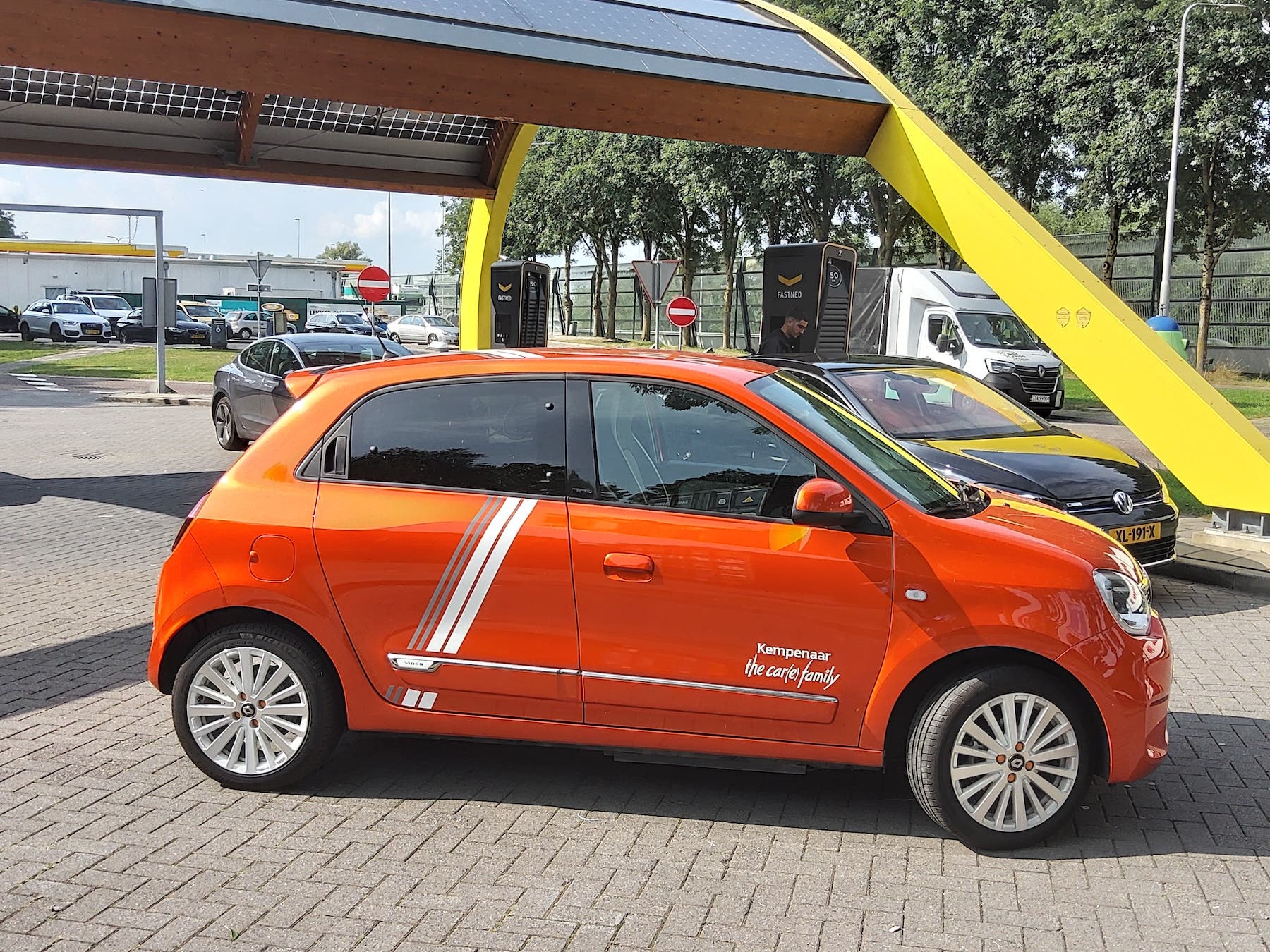First, a comment for our American readers. What many American readers don’t realize when reading reviews by Europeans about European fully electric cars is the big difference between European ICE vehicles and American ICE vehicles.
In Europe, most drivers, especially those from smaller cars, will only have experience with manual transmissions. When switching from manual to automatic transmission, that is a big difference. Going from manual transmission to no transmission, super smooth, electric driving is a completely new experience. Perhaps this is one of the reasons that the advantages of electric driving seem far bigger and more appealing to European drivers than to their American counterparts.
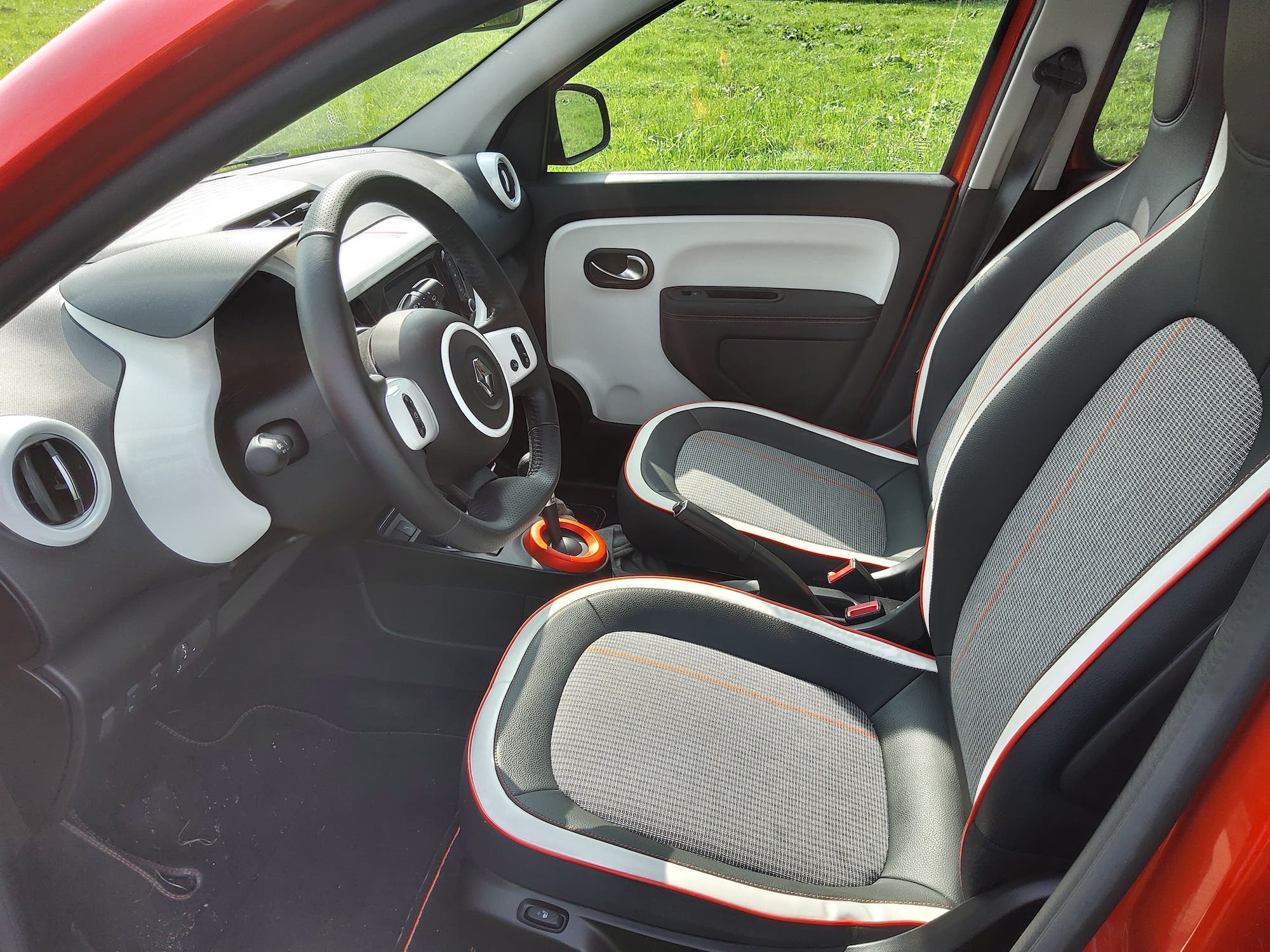
Birth of the BEV
The Renault Twingo ZE is the fully electric version of the 2014 Twingo III. The platform for this car was designed with the possibility of an electric drivetrain in a joint venture with Daimler. The ZE version was promised to be launched “as soon as the market was ready for it.” We had to wait until February 2020, just before the coronavirus outbreak, for the fully electric version. Daimler used the platform for the Smart ForFour. The company electrified its small four-seater three years earlier in 2018. The Twingo ZE is not a conversion from a pure gas model, but is rather based on a dual-powertrain platform.
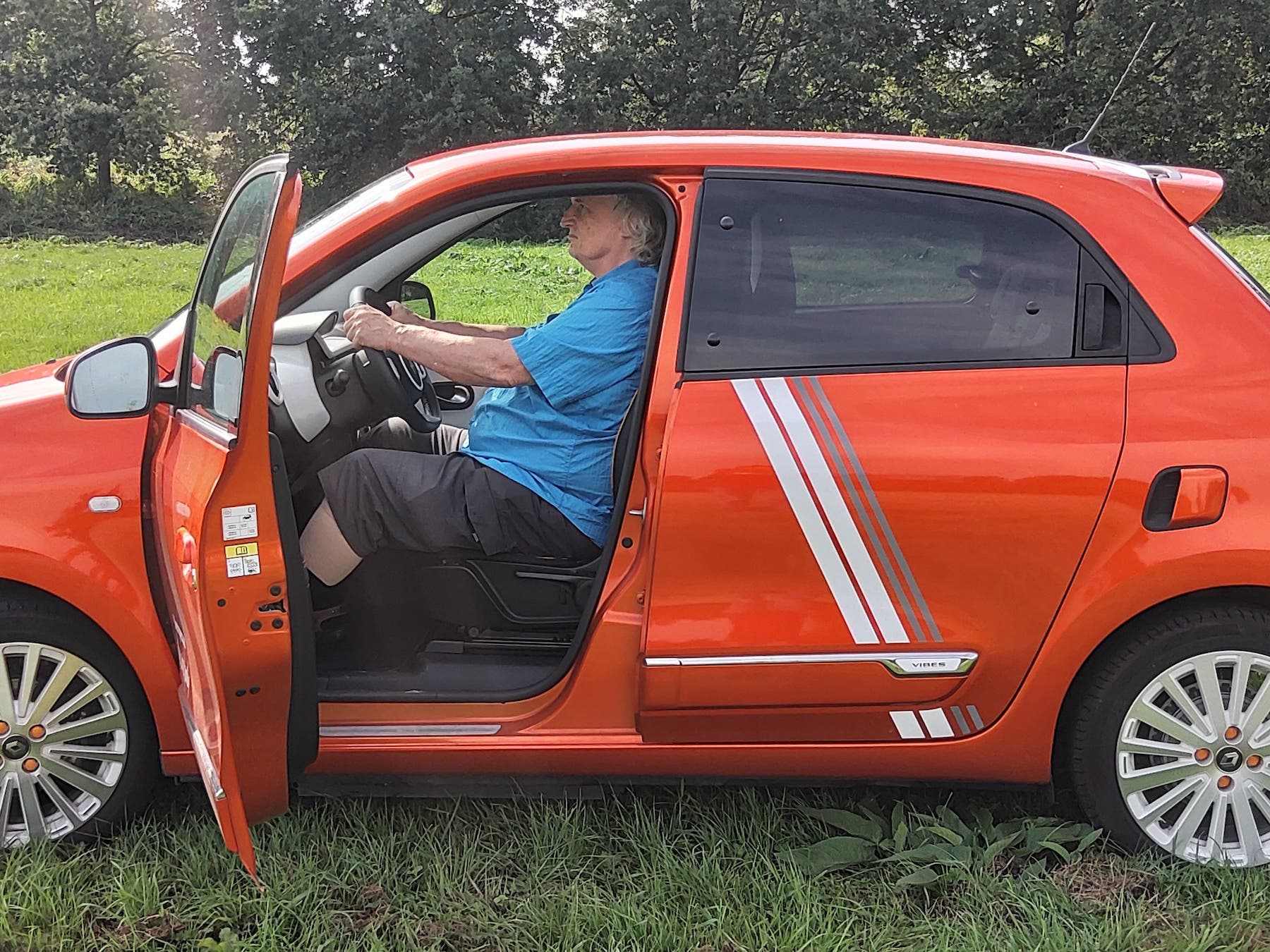
Time to slim down — have lost 25 kg since taking this picture.

Even my bloated body fits in this very small car.
Specs
For the complete specs, visit EV-database or a Renault dealer webpage (in Dutch — the Twingo is not sold in an English speaking country as far as I know). It has a 23 kWh battery with a usable capacity of 21.3 kWh. It is an LG Chem high-nickel battery, likely the NMC712 type. It can only charge from an AC source, but can do this at 22 kW. That is a decent speed for a battery this size. The motor has a top output of 60 kW/160 Nm, but the top speed is capped at 135 km/h. The range varies based on weather and driving type, from 90 km on the highway in the cold to 205 km in city driving in the summer. All mixed together, that is 190 km WLTP (mandated range lie for comparisons).

Driving Machine
Contrary to most vehicles in its class, it has rear-wheel drive. This is a better configuration for sporty driving, but it sacrifices most of the trunk. It leaves not much space for groceries or luggage. What can I say about the driving? I am spoiled by my previous experience with electric driving. But most Europeans used to a front-wheel drive, 5-speed manual vehicle do not know what happens to them when this is their first experience with an electric car. Personally I prefer front-wheel driving, it is easier. But fully electric rear-wheel driving in such a short car makes for fun driving in cities. Perhaps not so much fun for other road users when there is other traffic.
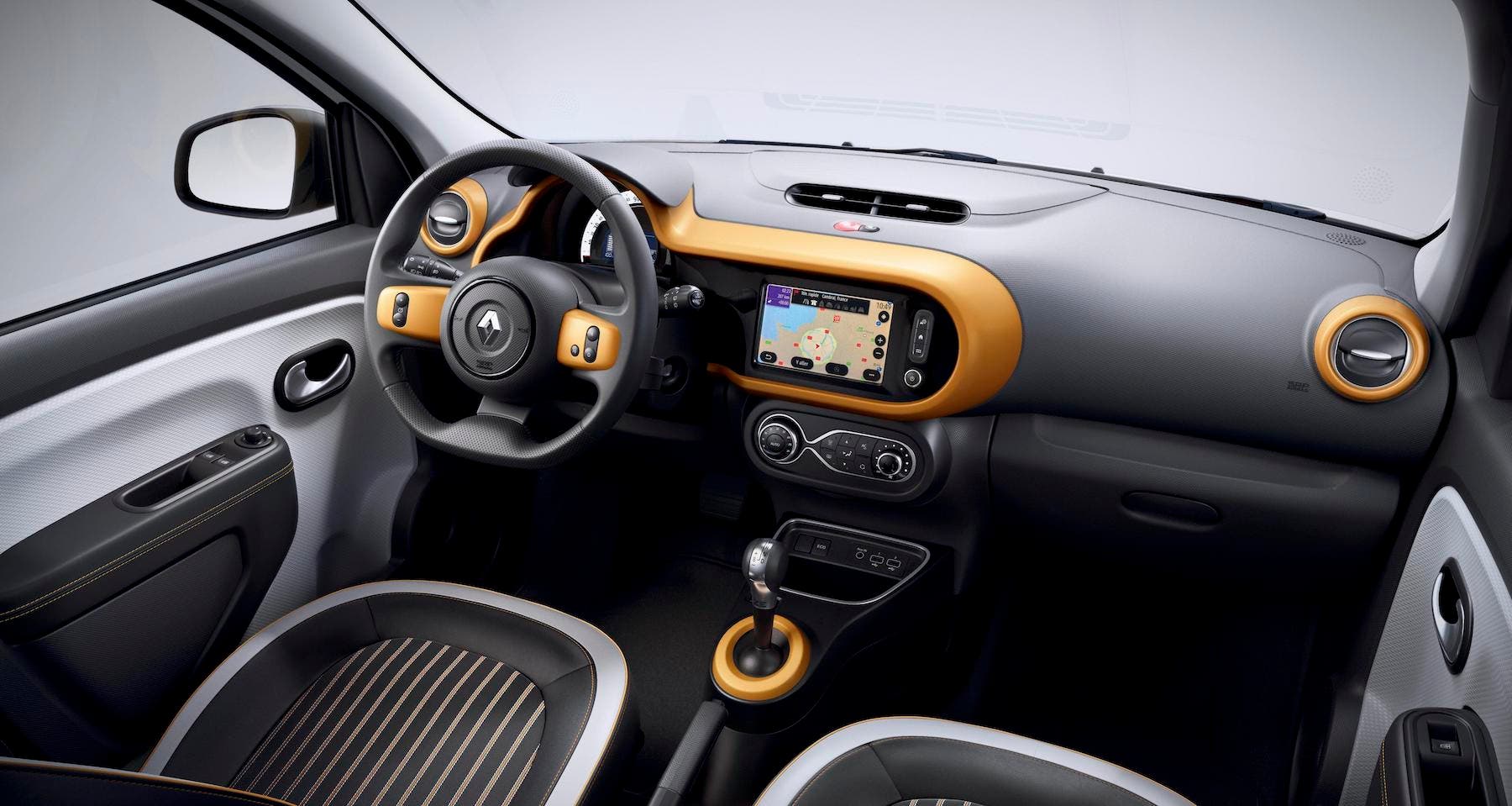
Renault Twingo ZE interior.
What do you get when you buy this small superb driving machine? An excellent second car, or even the only car for a household that uses trains and planes for travel. The Twingo ZE has a more luxurious interior than its cousin the Dacia Spring. It also has a light color scheme, making it more welcoming. The seats are fine, and heated seats are available as an option. Behind the wheel, in the passenger seat and in the back seats, there is enough room for my bloated body. I can even get in and out the driver’s seat without too much trouble.
Infotainment and Driving Assist
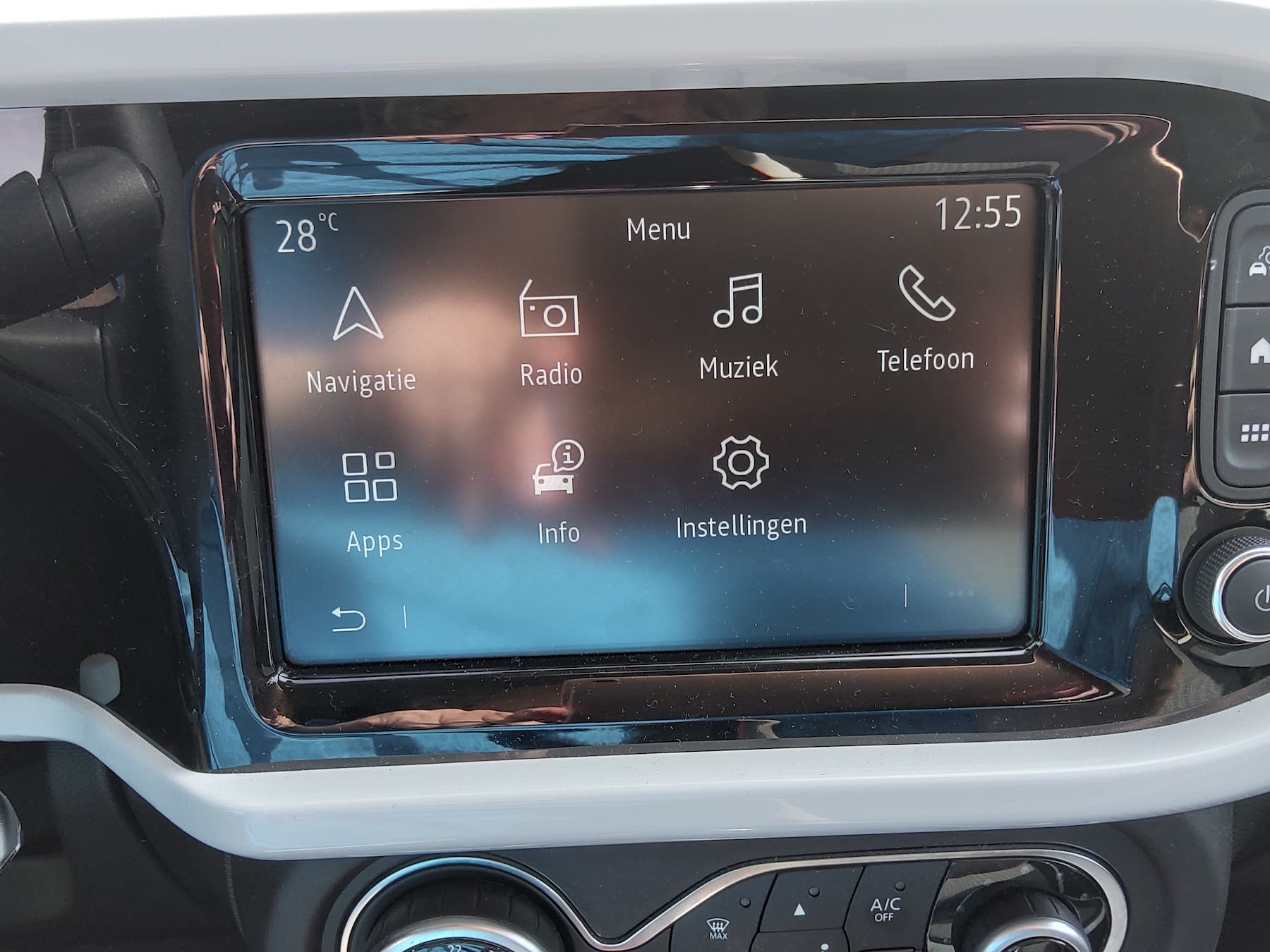
The infotainment system is the same as in my Zoë. I have not figured out the half of it. It is for a next generation of younger people that are more used to smartphones and related tech. The route planner is nearly the level of a TomTom. When I was forced to use Android Auto a few months back, I was disappointed by its quality. You can connect Android and Apple substitutes to the main display, but it will not be an improvement. Don’t expect movies or games, but apps like WhatsApp in combination with your phone or a photo viewer are possible according to the manual.
About the use of a touchscreen instead of physical knobs and switches: It did not improve the safety of my driving. Luckily, the most important controls are still all blindly accessible by touch. The cruise control is static — you have to alter the speed with your thumbs just like in the Zoë and the previous version of the Twingo. I think I have travelled over 150,000 km (100,000 miles) with this system, and it works just fine. I have no need for adaptive cruise control.
Usability
When I see my brother returning from the grocery store with the weekly shopping for his family, it is a load that does not fit into the Twingo ZE, not even with the backseats down. The Twingo is okay for daily shopping, but not for the weekly shopping run of a family of four. The interior storage spaces in the doors, the center console, and the glove compartment are adequate, but not in the same league as the Dacia Spring’s. A baby seat and the baby’s stroller will fit in somehow, I was told by a young mother using the Twingo as her daily driver, but for a weekend away with baby and partner, a much bigger car is required. Okay, I bought an 8-seat MPV when I was in that situation.
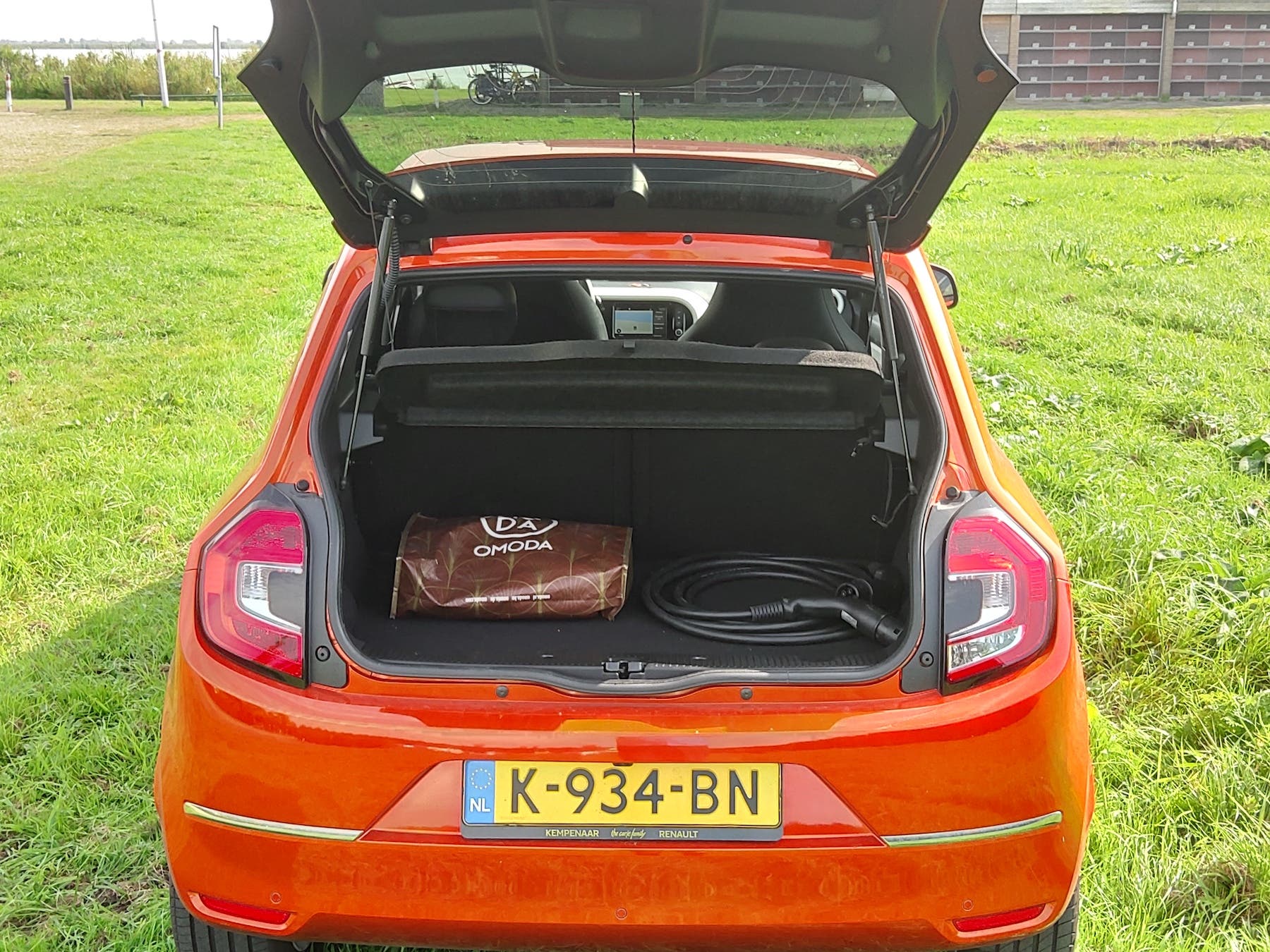
The Twingo ZE has two shortcomings: its small range and its lack of DC charging. To me, these design decisions are completely incomprehensible. This is not for single-car households or adventurous people. Renault could easily double the range and add DC fast charging without increasing the price by too much.
Overall, if you are a car boy or girl who likes driving in an agile, small, and fun car, put it on the top of your short list. This car will not disappoint you.
With thanks to Renault dealer Kempenaar-Renault in Alphen aan den Rijn for making the car available.
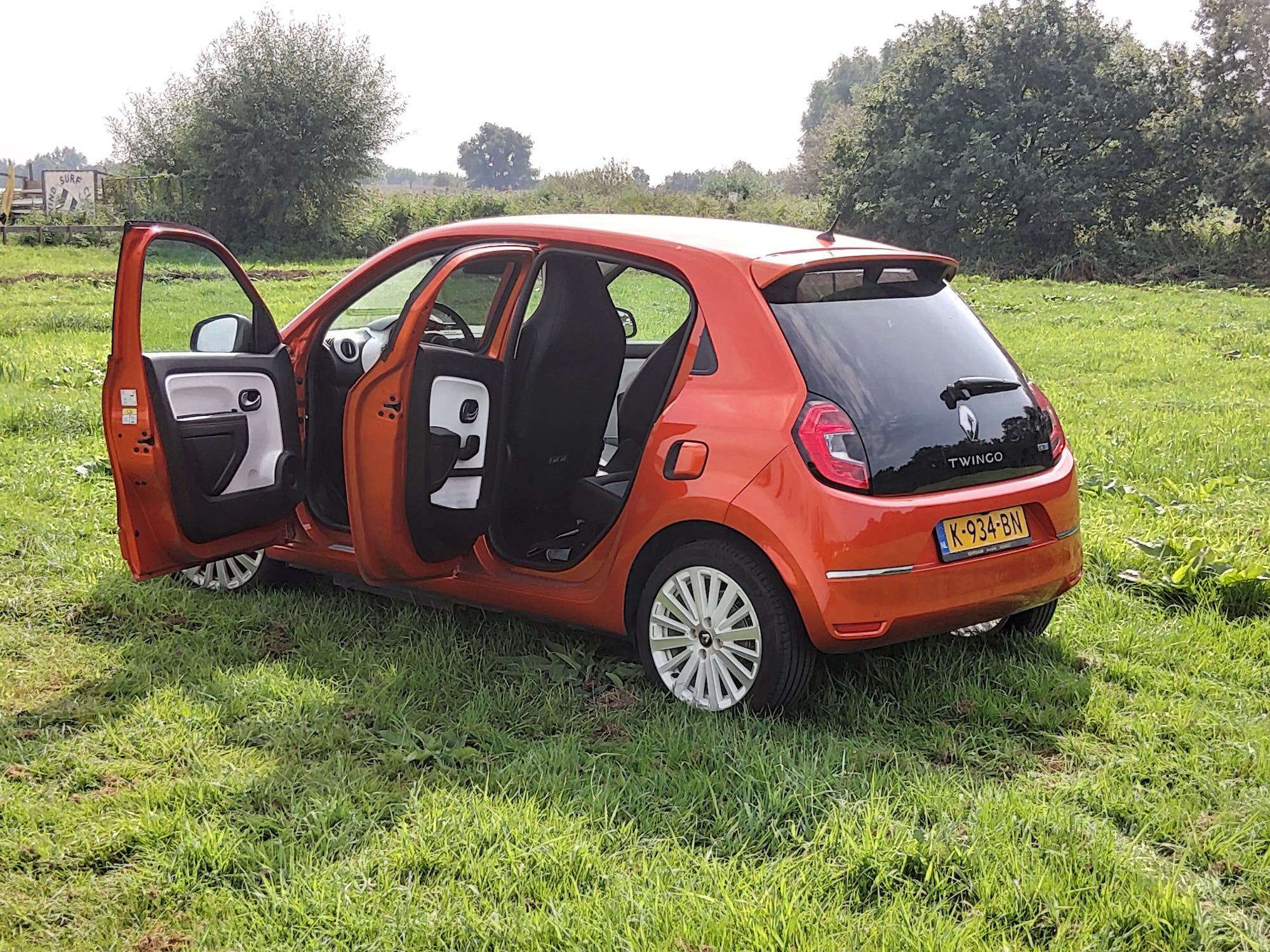
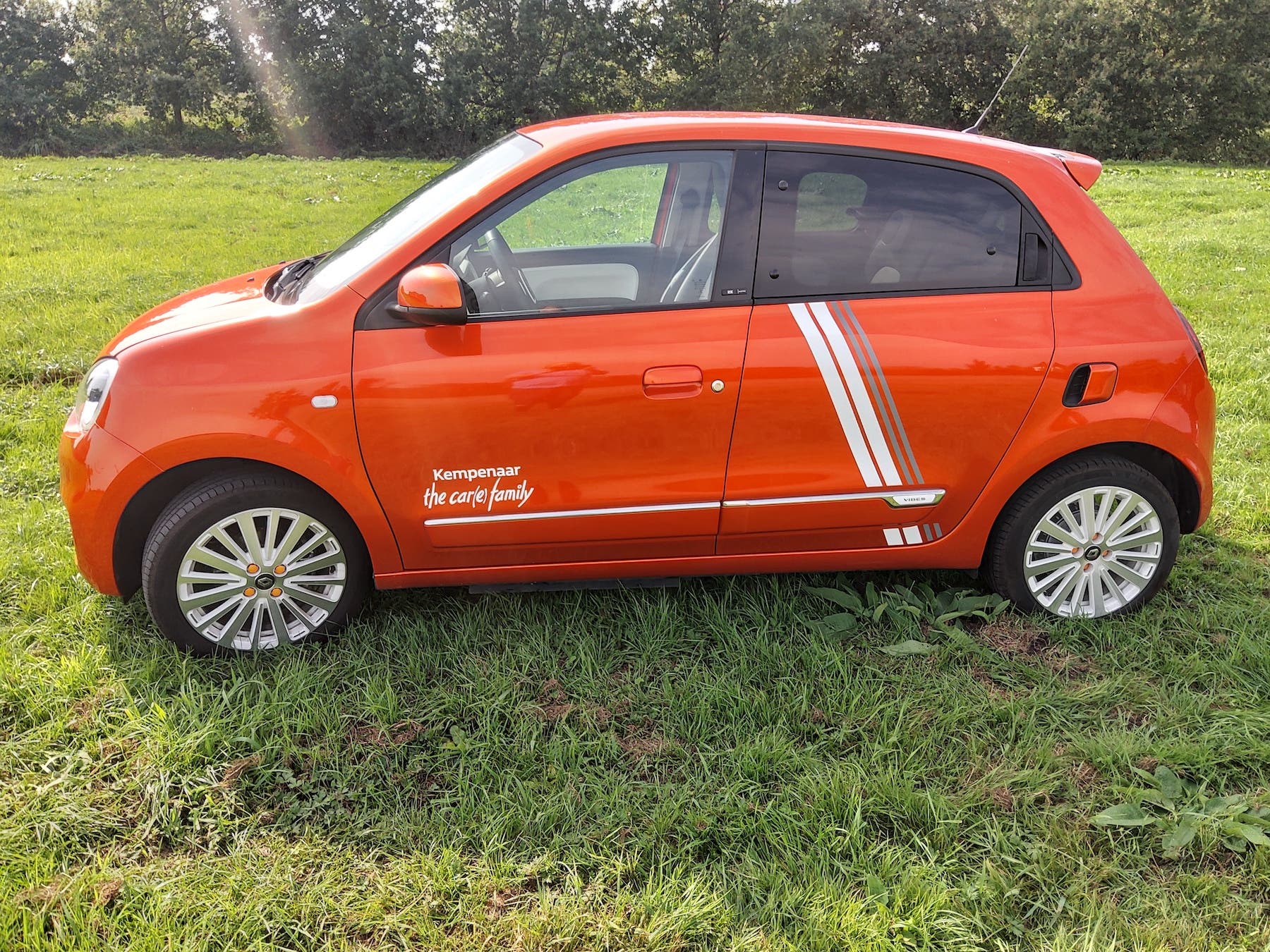



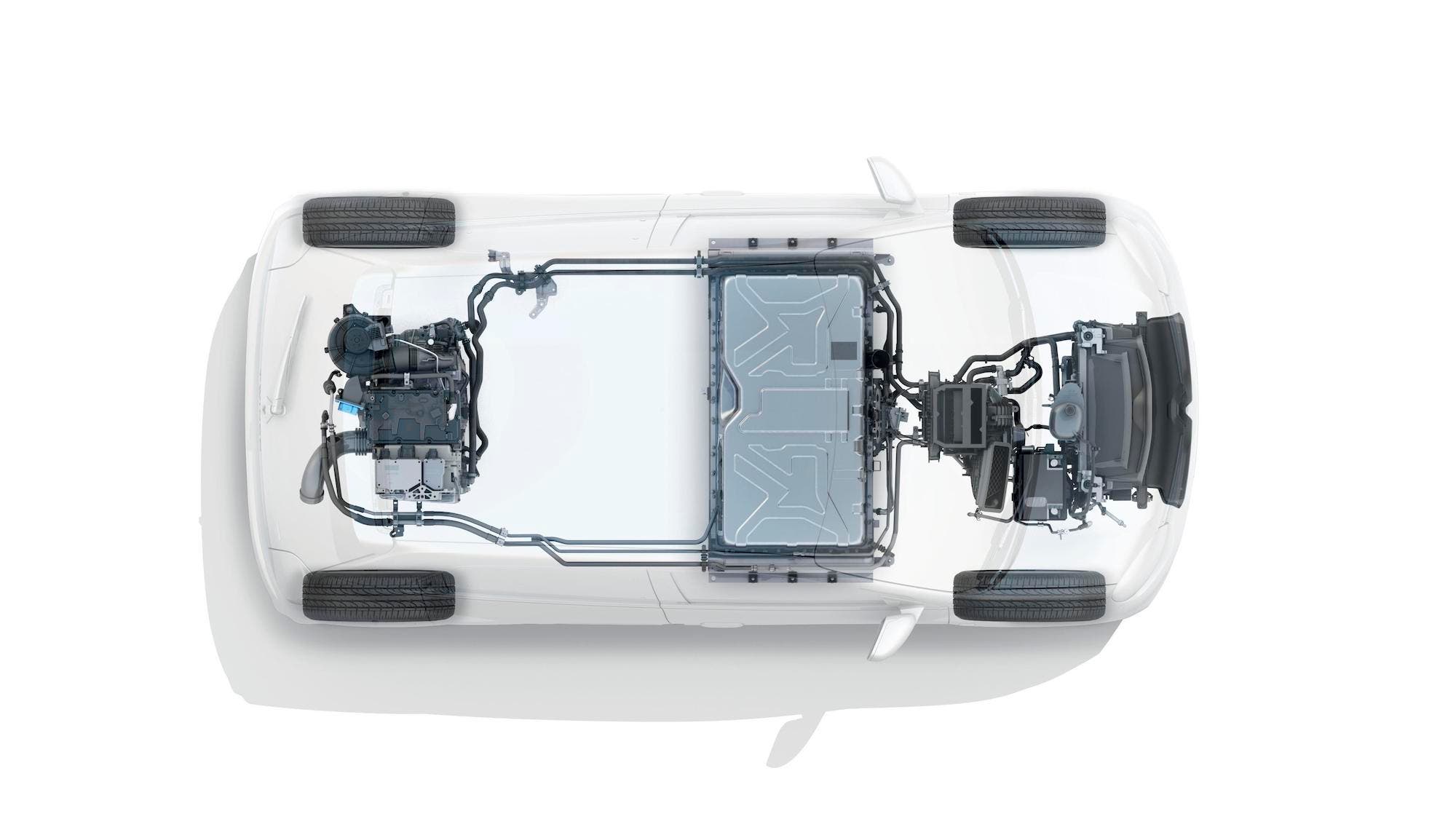

Renault Twingo and bigger brother Zoe.
Appreciate CleanTechnica’s originality and cleantech news coverage? Consider becoming a CleanTechnica Member, Supporter, Technician, or Ambassador — or a patron on Patreon.
Don’t want to miss a cleantech story? Sign up for daily news updates from CleanTechnica on email. Or follow us on Google News!
Have a tip for CleanTechnica, want to advertise, or want to suggest a guest for our CleanTech Talk podcast? Contact us here.
Read the full article here


